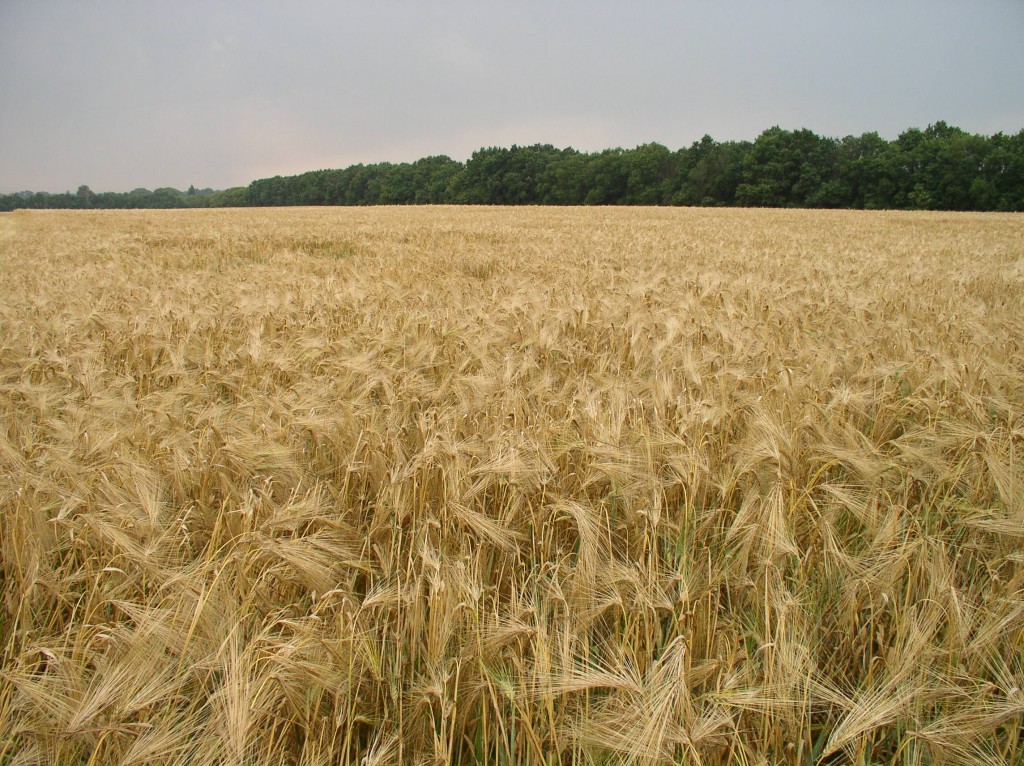Most people are familiar with wheat as a grain to be avoided or a grain that is in the white flour they pick up at the grocery store. Many even are aware that whole wheat is an option that is understood to be healthier because it still contains the bran of the wheat kernel.
I am here to tell you that modern wheat is just one of many different family members, some of which are worth exploring. Some of the varieties of ancient wheat are making a comeback today. They include emmer, einkorn, and farro and are considered heritage grains.
Einkorn
Einkorn was cultivated in what is now known as Iraq. It is thought to be one of the oldest grains that is still available in the world today.
Einkorn does not contain the 33 strand peptides that are a problem for those with celiacs disease and although it is still not recommended for celiacs it may be okay for those with more mild gluten intolerance. It is good to add to breads and baked goods but will be very sticky unless put with some other types of flour.
Emmer
Emmer is is understood to be what the ancient Mesopotamians grew and used. It is popular in Italy and is known as farro there and it is used in pastas and risottos. It has many healthy proteins in it and makes a nicer, softer dough than Einkorn.
Spelt
Spelt is more commonly known and used than the other wheat family members listed here. It is known to be lower in gluten, probably because it is closer to its ancient form than most modern wheat. It may be closer to the older forms because in the last century it was mostly used for animal feed.
Again many with gluten intolerance do not seem to be bothered by spelt grains. Spelt has more protein and fat than modern wheat and so makes for a heavier product.
Kamut
Kamut is another ancient relative of wheat, also of Egyptian heritage. It has not been crossbred so again more easy to use for many people. It is considered to be higher in gluten than the other ancient grains but still it is less than modern wheat varieties . It is also high in protein.
Red Fife
Red Fife is a heritage grain first grown in 1842 by David Fife and his family in Ontario, Canada. There is some controversy over whether this wheat is lower in gluten content that many of the more modern wheat grown and sold these days.
Some growers claim there is a gliadin content (a protein that causes intolerance) of 35% as over against that of 80 % in more modern strains. There are also anecdotal stories of how this grain has been tolerated by those who cannot tolerate other more hybridized wheat varieties. (for more on Red Fife, read this.)
Triticale
Triticale is a combination grain of rye and durum wheat and is a grain that would not occur naturally because it is a hybrid of two different grains. It was first grown in 1875 although it was not released for commercial production until 1969. It does have a lower gluten content than wheat as well as a higher protein content.
~
Any of these grains in the wheat family may be used in bread recipes but all of them still contain some gluten. My recommendation is that if you try any of them do it in sourdough recipes (as discussed last week.)
- Are Pasteurized Almonds Good or Bad? - January 31, 2022
- Nutrition of Peanuts - November 20, 2013
- Happy With Hickory Nuts - November 13, 2013



A relative from way back – prob. before WW2. Parker, first name unknown – developed a new strain of wheat when he lived in Canada. If you know of any history of this , please let me know.
Thank you.
I am sorry I don’t know. Could it be connected to red fife?
Where can I buy these old flours for baking? The new flours have been tampered geneticaly with too much.Thank you.
John, many places sell these wheat varieties. Try Amazon. I found an organic Einkorn variety here: http://amzn.to/2u6jiv7